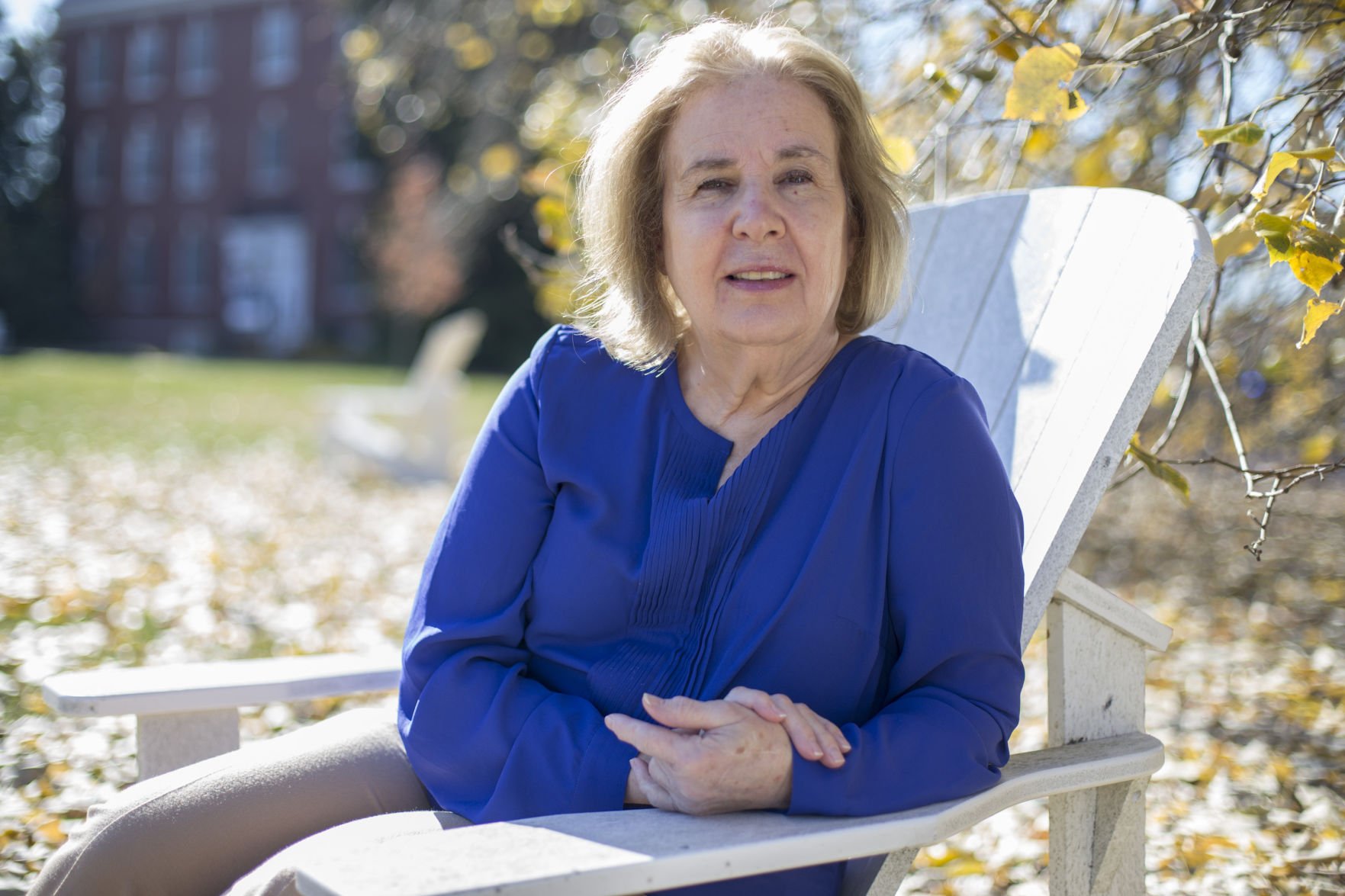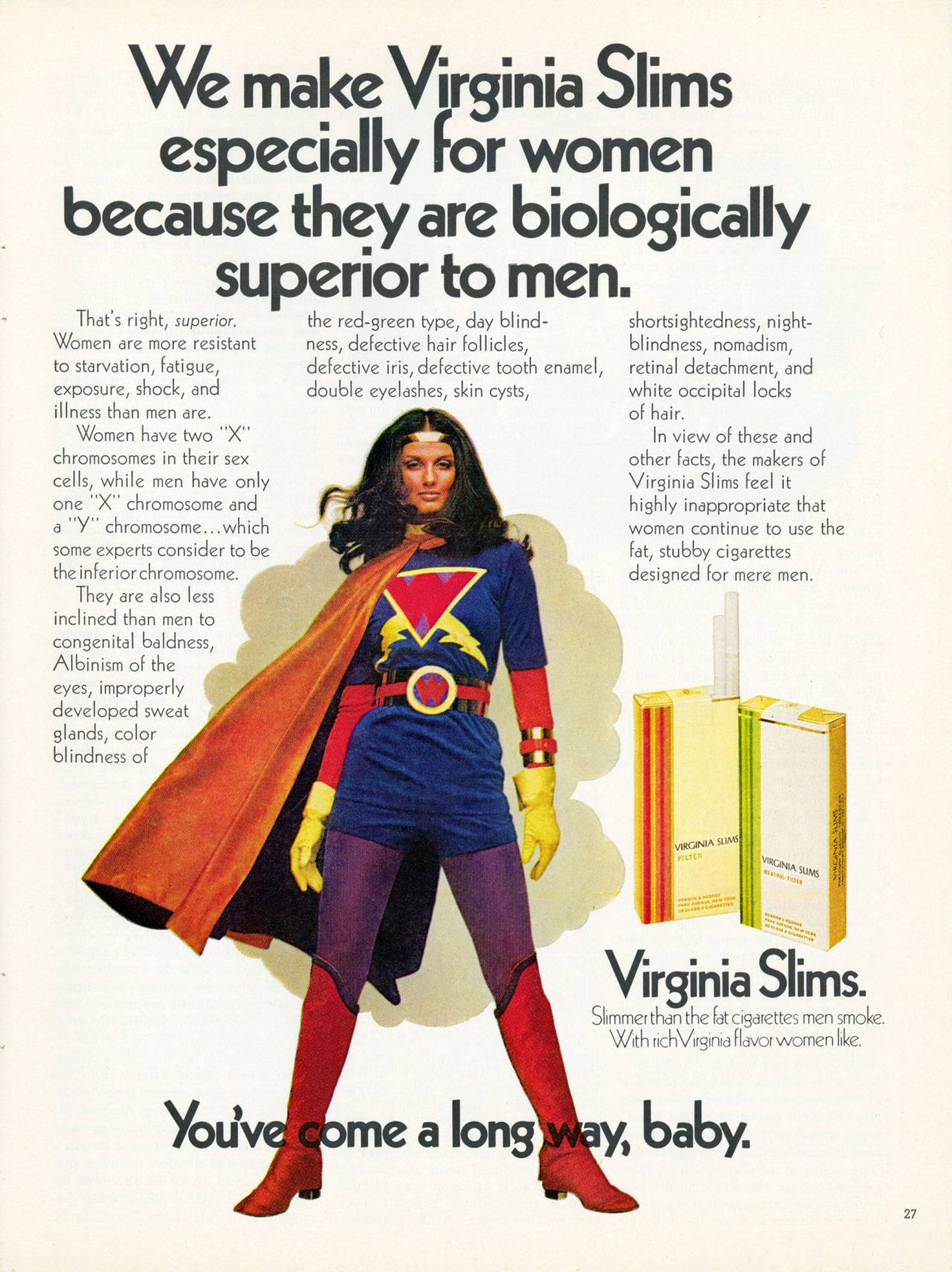
All denominations in New Jersey expanded rapidly over the eighteenth century. And because clergymen were few, lay leaders frequently conducted services, with baptism and communion being offered only by the occasional itinerant minister.

By 1701 the colony had forty-five distinct congregations unable to afford churches, most met in houses or barns. New Jersey, if slower to develop, also embraced a variety of religious groups. ©Collection of the New-York Historical Society New York City skyline with eighteen churches A woodblock of 1771 shows a skyline etched by church spires-eighteen houses of worship to serve a population of at most 22,000. From its earliest years a port of entry for assorted newcomers, the city increasingly came to reflect its polyglot heritage. New York City’s religious scene was quite another matter. French Huguenots, fleeing religious persecution after the revocation of the Edict of Nantes in 1685, established their own town at New Rochelle in Westchester County, for decades keeping local records in French. Suffolk County at the eastern end of Long Island, settled by migrating New Englanders, was the stronghold of Congregationalists. An example is the west-bank town of Kingston, where the Reformed congregation met in a large stone church while the few Anglicans made do with a “mean log-house.” German Reformed and Lutherans spread out along the Mohawk River west of Albany. Wherever the Dutch settled, as in the Hudson River Valley, the Dutch Reformed Church predominated. Religious patterns in New York followed the ethnic configuration of the colony, with geography often facilitating the colonists’ impulse to form separate enclaves. The colony, renamed New York, only slowly acquired an English character, one citizen complaining in 1686, “Our chiefest unhappyness here is too great a mixture of Nations, & English the least part.” In 1664 New Netherland was conquered by England. Yet half of the inhabitants attracted to the new colony were not Dutch at all but people set adrift by post-Reformation conflicts-including Walloons, Scandinavians, Germans, French, and a few English. The Dutch were the first Europeans to claim and settle lands between the Connecticut and Delaware Rivers, a region they named New Netherland.

To see why this is so, we must look a little closer. But no two-word phrase can capture the essence of those who set the mold for Middle Colony religious culture. Historians conventionally note that early New England’s religious character was shaped primarily by English Puritans, and the religious character of the South by English Anglicans.

African Americans and the indigenous Indians, with religious traditions of their own, added further variety to the Middle Colony mosaic.

Small congregations of Dutch Mennonites, French Huguenots, German Baptists, and Portuguese Jews joined larger communions of Dutch Reformed, Lutherans, Quakers, and Anglicans to create a uniquely diverse religious society. The mid-Atlantic region, unlike either New England or the South, drew many of its initial settlers from European states that had been deeply disrupted by the Protestant Reformation and the religious wars that followed in its wake. Middle Colonies.The Middle Colonies of British North America-comprised of New York, New Jersey, Pennsylvania, and Delaware-became a stage for the western world’s most complex experience with religious pluralism. The Separation of Church and State from the American Revolution to the Early Republicĭivining America is made possible by grants from the Lilly Endowment and the National Endowment for the Humanities. Religious Pluralism in the Middle ColoniesĬhurch and State in British North America Native American Religion in Early America Religious Pluralism in the Middle Colonies, Divining America, TeacherServe®, National Humanities Center


 0 kommentar(er)
0 kommentar(er)
